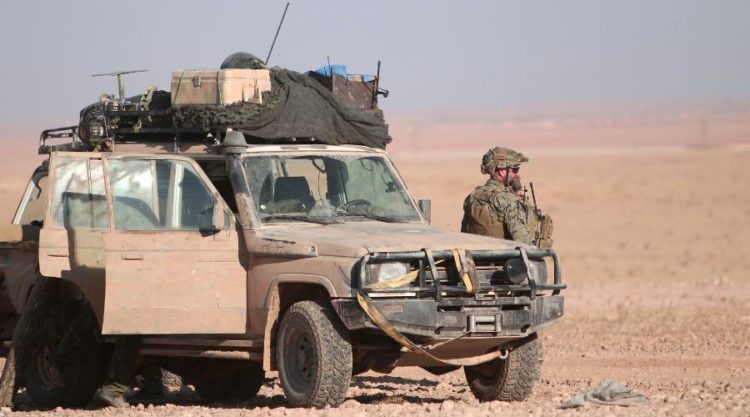“We have defeated ISIS in Syria, my only reason for being there during the Trump Presidency,” he said in a tweet. U.S. President Donald Trump has announced that all American troops currently in Syria will be withdrawn. There are currently around 2,000 U.S. troops inside Syria fighting ISIS alongside the Kurds and Syrian rebels.
“We’ve been fighting for a long time in Syria … And we have won, against ISIS. We’ve beaten them, and we’ve beaten them badly. We’ve taken back the land, and it’s time for our troops to come back home,” said President Trump, in a recorded address. He continued by citing that the cost to the nation’s warfighters and their families has been great. “I get very saddened when I have to write letters or call parents, or wives, or husbands of soldiers who have been killed fighting for our country … There’s no question about it: it’s heart-breaking. Now, we’ve won. It’s time to come back. They’re getting ready, you’re going to see them soon,” he added.
From its behalf, the Pentagon initially declined to comment on the president’s remarks and simply stated that as of now, U.S. troops continued to bring the fight to ISIS. A few hours thereafter, however, the Department of Defence (DoD) released a succinct statement saying that the military has begun the withdrawing of troops in anticipation for the next phase of the campaign. DoD spokesperson Dana White added that “the coalition has liberated the ISIS-held territory, but the campaign against ISIS is not over.” But she declined to comment on what this next phase will look like for operational security (OPSEC) reasons.
It is important to note that this hasn’t been the first time that U.S. troops are “withdrawing” from Syria. During the 2016 Presidential Election, the then-candidate Trump promised to pull out from what he deemed as a costly conflict with unclear benefits to the U.S.
A few months ago, Defence Secretary James Mattis had warned against a premature withdrawal that might undo all the good work of the past years. And Senator Lindsey Graham, who has been a Trump supporter, stated, “I don’t know what they’ve done, but this is chaos.”
Another question that begs an answer is what does the administration define as Syria? Six years of civil war, with numerous foreign powers involved, to include, among other nations, Iran, Qatar, Turkey, China, Russia, and the U.S, has negated the old borders. The Kurds, encouraged by their success against ISIS — with U.S. support — are occupying territory that would previously qualify as Eastern Syria. Turkey, moreover, has been doing the same in the Northern part of the country.
When the British government debated the bombing of ISIS targets in Syria back in 2015, Hillary Benn, who was at the time Labour’s Shadow Chancellor, argued for the bombings on the basis that the old borders didn’t exist anymore and that since British aircraft were bombing ISIS targets in Iraq it would be justifiable to do the same in Syria. Therefore, U.S. troops might be able to continue supporting the Kurdish forces without being considered as being in Syria.
There’s also the Turkey explanation. For years now, Turkey has been pursuing a regional strategy that has put it at odds with the U.S. and NATO. The purchase of the advanced Russian S-400 anti-aircraft missile system has been intended as a howl of defiance to America and the West. Further, Turkish President Tayyip Erdogan has announced an imminent operation inside Northern Syria against Kurdish forces — the same forces that have American commandos embedded amongst them. The announcement, thus, could be an attempt to placate the Turkish president and force him to stall the planned operation. No matter what, it’s very likely that special operations elements will continue to operate in the area — either in an advisory role or going after terrorist high-value-targets (HVTs).










COMMENTS
You must become a subscriber or login to view or post comments on this article.